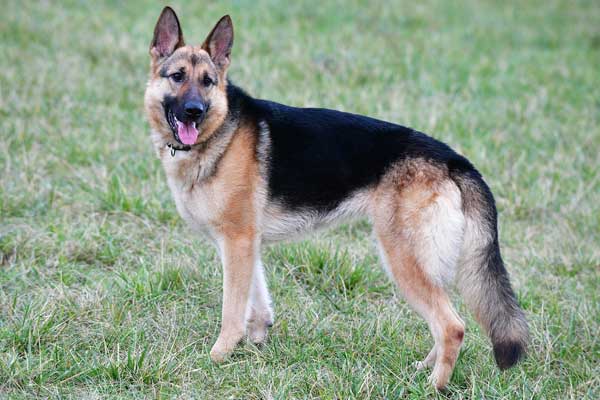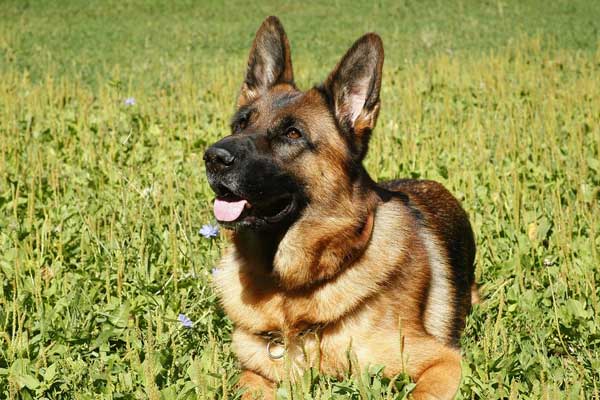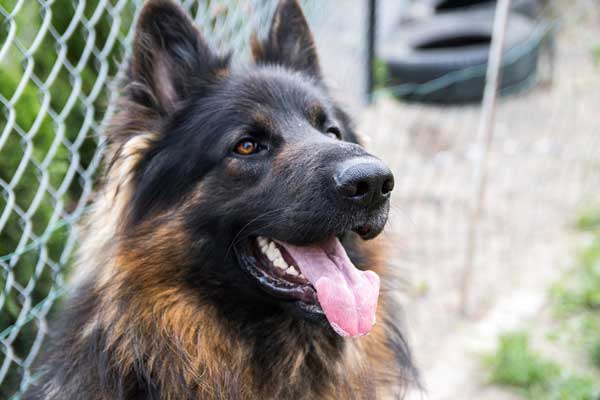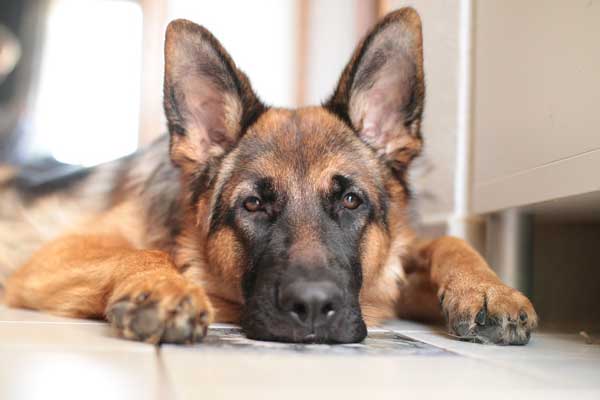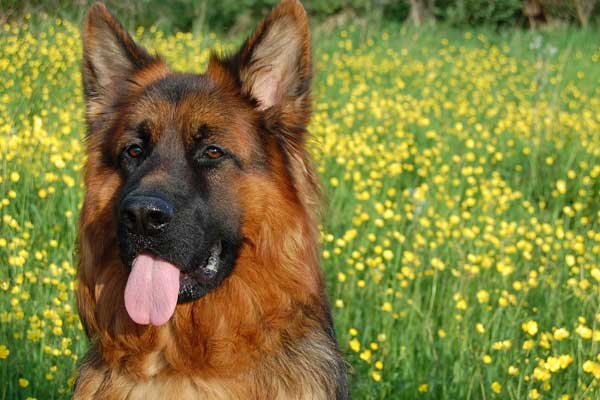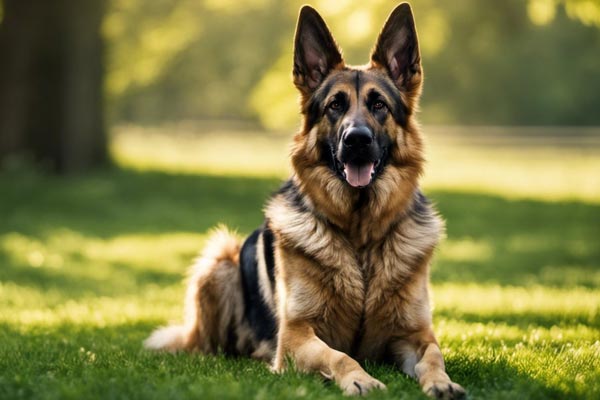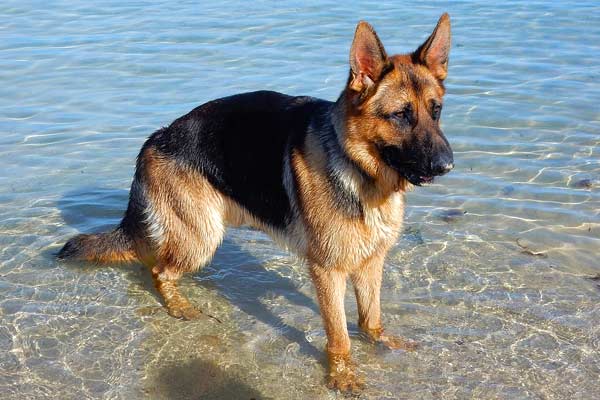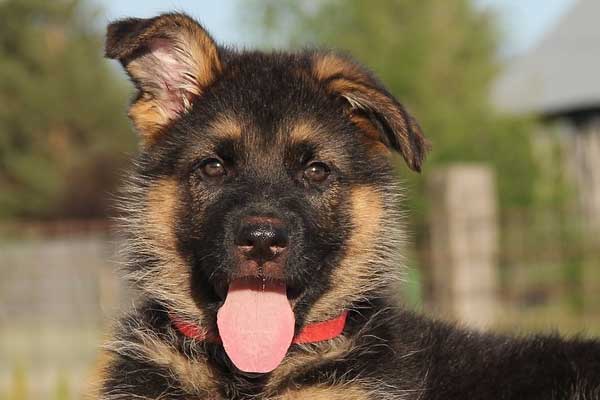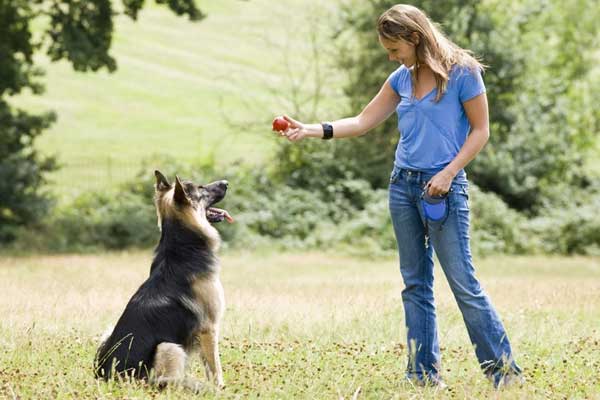German Shepherds Heat Cycle: Things You Should Be Aware Of
We’re excited to share our knowledge about German Shepherds and their heat cycles!
If you’re a German Shepherd owner, paying attention to the signs that your dog is in heat is essential, as this could impact their health in the long run.
That’s why we’re here to explain everything you need to know about these exciting and sometimes tricky cycles.
We’ll tell you how often they happen and when the best time to breed may be, as well as provide helpful tips on keeping your pup comfortable during this period.
We also want to help you navigate any potential issues with breeding your German Shepherd and ensure you have all the information you need before making any decisions. Ready? Let’s get started!
German Shepherd Heat Cycle Stages
As German Shepherd owners, we must pay close attention to our furry companion’s heat cycle. German Shepherd heat cycle frequency occurs twice a year, and understanding the different stages can help owners prepare for their dogs’ physical and mental changes.
What Are the Stages of a German Shepherd in Heat?
The four stages of the heat cycle are:
Proestrus Stage: The first stage of a German Shepherd’s heat cycle. This is often when owners know their pup has begun its heat cycle! Female German Shepherds will start attracting male attention during this time and may also experience vaginal bleeding. The bleeding typically lasts 4 to 20 days, depending on the dog.
Estrus Stage: The second stage of a German Shepherd’s heat cycle usually lasts between 3 and 21 days. Your pup will be most fertile and receptive to breeding during this time. If successful, the female may become attentive to her puppies during the Diestrus Stage.
Diestrus Stage: The third and longest stage of a German Shepherd’s heat cycle. If your pup has successfully bred during this time, she may become attentive to her puppies. However, if it is not a successful breeding cycle, your dog will enter an Anestrus period of rest and preparation for its upcoming heat cycle.
Anestrus stage: The fourth and final stage of a German Shepherd’s heat cycle. During this period, your pup will not display any signs that they are in heat, and it typically lasts around four months before restarting the process.
By staying informed about your pup’s heat cycles, you can take the necessary steps to ensure their safety and comfort during this time. After all, German Shepherds are renowned for being loyal and loving companions—even when they’re in heat!
Female German Shepherd in Heat Behaviors
As German Shepherd owners, we must be aware of our pup’s heat cycle signs and behaviors to better understand and care for our four-legged family members throughout the process.
When our GSDs start to come into season, they will typically show warning signs such as:
- Swollen vulva and teats
- Frequent urination in small amounts
- Some light bleeding
- Occasional mood swings.
We want to keep a close eye on our GSDs during this time, as there is an increase in hormones which can lead to changes in their behavior. It’s an excellent practice to reassure them with extra love and attention during this time—and if there’s any doubt in our minds, don’t hesitate to call the vet for professional advice!
How Often Do German Shepherds Go Into Heat?
Regarding German Shepherds, their heat cycles are one of the most important things to pay attention to.
German Shepherd 1st Heat Cycle
Female German Shepherds can enter estrus around 6 months of age and usually go into heat twice a year, approximately every 6 months. However, this can vary depending on age, seasons, and whether or not conception has occurred in that cycle.
As soon as your female German Shepherd has her first heat cycle, it would help if you started keeping track. This will help you plan for upcoming cycles and alert you when she’s in heat again.
How Long Does a German Shepherd Stay in Heat for the First Time?
German Shepherds typically come into season for two weeks at a time—this includes the period leading up to when she’s in full ovulation mode and when she’s returning to normal. You’ll know when this occurs because she’ll start displaying physical signs such as a swollen vulva and unusual discharge.
How To Care for My German Shepherd In Heat
When caring for a German Shepherd in heat, it’s essential to limit their exposure to male dogs and use heating pads for swollen vulva pain relief.
To ensure your pup’s comfort, avoid carpet, couches, and bedding during the bleeding phase, as you want to prevent any mess. Furthermore, ensure her nutritional needs are met by providing her with fresh water and food.
Consider providing a room for extra rest and a crate where she can feel secure. This will help if your pup is over-stimulated from exposure to mezzanine dogs in the heat cycle. Additionally, watching for abnormal behavior or discomfort that could require veterinary attention is essential.
German Shepherd Heat Cycle FAQs
Below are frequently asked questions and answers to help you care for your pup better.
When Should a German Shepherd Female Be Spayed?
Talk to your vet to decide what’s best for your pet! The answer depends on the individual dog, but it is recommended that female dogs be spayed before their first heat cycle. This can help reduce the risk of mammary cancer, pyometra, and other uterine diseases.
How Long Do German Shepherds Bleed When in Heat?
German shepherds typically bleed for approximately 10 days when in heat—so keep an eye out for signs of bleeding during this period. It would help if you separated your pup from unaltered males, as they may become aggressive when trying to mate with her.
How Do You Know When the German Shepherd Heat Is Over?
The signs and symptoms will usually clear up after 2 weeks, indicating that the heat cycle has ended. Make sure to watch for bloody discharge and abnormal behavior after the cycle. If there are any concerning issues, reach out to your vet immediately!
Do German Shepherds Bleed the Entire Time They Are in Heat?
No, they usually only experience bleeding during the first 9 days of their cycle–after that, it tends to taper off or stop entirely. This means you don’t need to worry about creating messes if you take them out for walks or playtime during this period!
Should I Mate My German Shepherd?
Mating your German Shepherd can be a rewarding experience if done correctly. It is essential to consult a reputable veterinarian before deciding whether or not to mate your dog, as breeding isn’t recommended past the age of 8 due to the decrease in the quality of eggs and the heightened risk of birth defects.
Male German Shepherds should only stud once they have reached sexual maturity and passed confirmation temperament tests.
Do German Shepherds Go into Heat More Than Once a Year?
Most female German shepherds will go into heat twice a year. It’s important to know that not all dogs go through the same cycle—some may experience only one heat each year, while others may experience three or more.
What’s the Best Way to Care for a German Shepherd in Heat?
The most important thing you can do is ensure your pup is comfortable and safe. Keep them away from unaltered males, provide a clean and quiet space, and ensure they have plenty of food and water. Additionally, be sure to pay attention to any changes in their behavior, as this can indicate that they are in discomfort.
Should German Shepherds Be Kept Indoors During the Heat?
It’s generally best to keep German Shepherds indoors during heat cycles, as this can help keep them from getting into trouble with other males. However, provide plenty of opportunities for daily exercise and fresh air to keep them in good spirits.
Are There Any Medical Treatments for a German Shepherd in Heat?
Several treatments are available for female dogs in heat, including hormones and drugs. It’s important to note that these treatments should only be used after consulting with a vet and understanding the risks.
Do Male German Shepherds Experience Heat Cycles?
Male German shepherds do not experience heat cycles like their female counterparts. However, they can exhibit certain behaviors associated with females in heat, such as being more vocal, roaming, and mounting. It’s essential to keep an eye on your pup and contact your vet for any concerning behaviors.
Conclusion
That’s why it’s so important to understand the physiology of German Shepherds’ heat cycles and to be aware of the signs indicating when your pup is ready to go into heat.
Knowing when your pup is about to enter a heat cycle is essential for taking the necessary steps to ensure their comfort and safety and finding appropriate and humane ways to deal with their hormonal changes.
Now that you’re better versed on the German Shepherd heat cycle, we hope you can confidently tackle the topic with the knowledge you’ve gained here.
We’re confident you’ll be able to provide your pup with the best care possible and ensure their well-being throughout their heat cycles!

